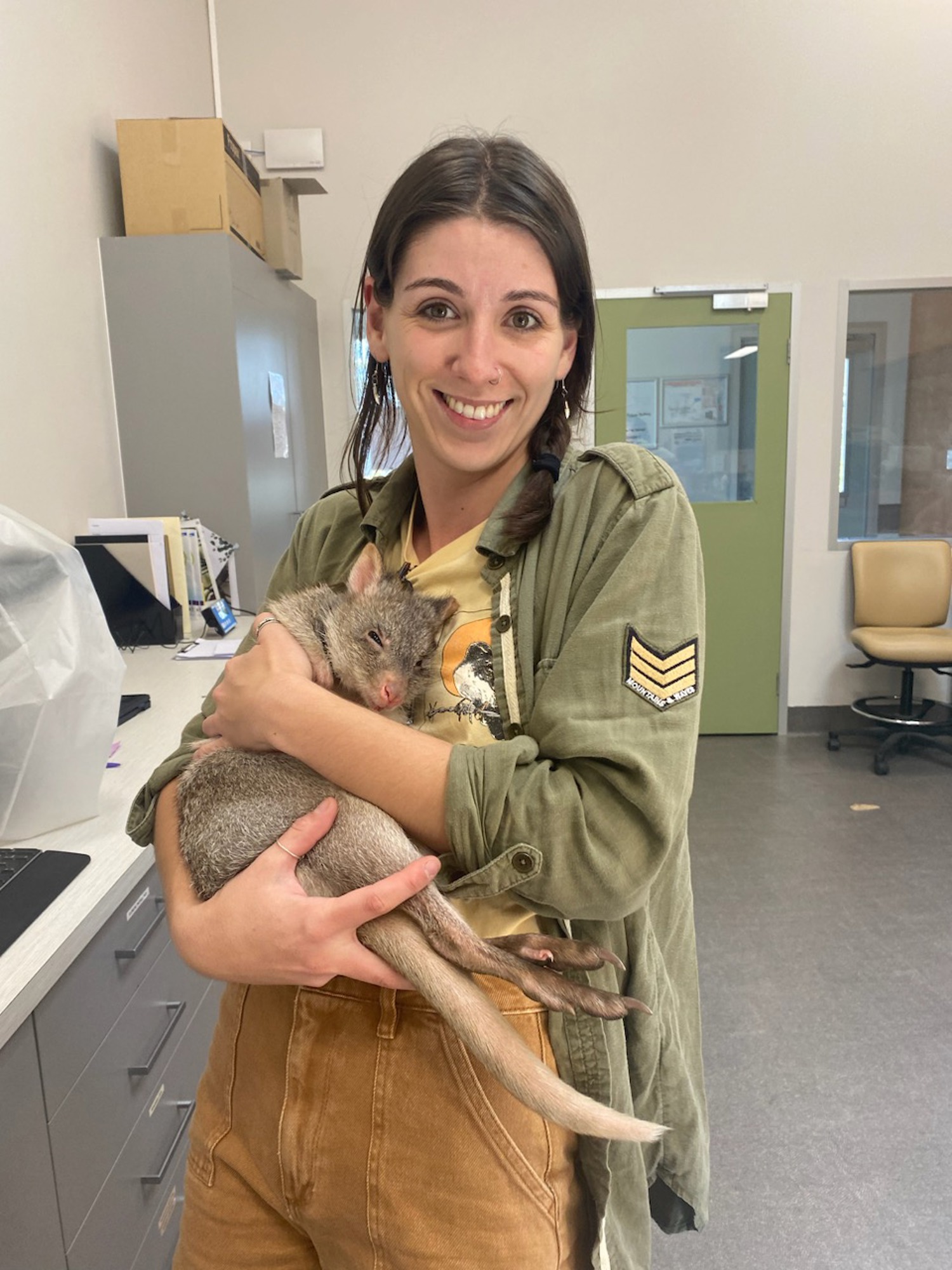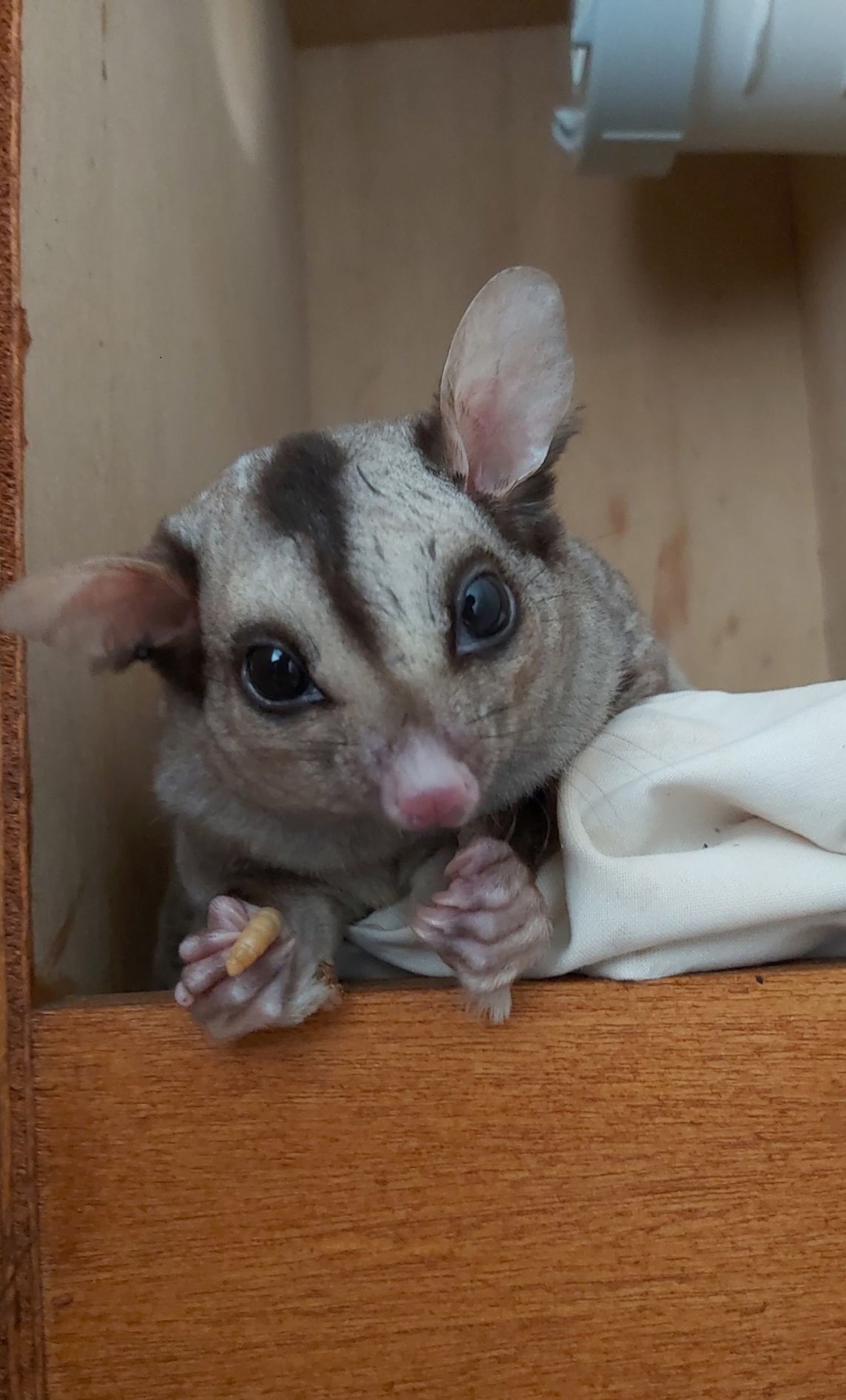It’s a peculiarly Australian problem with potentially deadly consequences – wild kangaroos jumping from bushland on to highways full of moving vehicles.
In the effort to prevent wildlife and human injuries from such crashes, University of the Sunshine Coast researchers have started measuring the hopping movements of smaller native roos called bettongs – to a degree of biomechanical accuracy not seen before.
And preliminary results from tracking data of the new high-tech collars are promising, showing the ability to distinguish between five behaviours when animals are moving around undisturbed.
“We need to find out exactly why and how different species of roos hop, so we can better predict their movements in different habitats,” said UniSC Associate Professor Christofer Clemente, who leads the international study that began a year ago.
Work in the field
The team has been attaching the custom-built collars to the necks of bettongs (also known as rat kangaroos) at a wildlife reserve southwest of Brisbane.
The process involves catching the rabbit-sized marsupial and manoeuvring it in a bag to attach the collar. Occasionally anaesthetic is required. The collar drops off after a month for retrieval.
UniSC Science PhD student Jasmin Annett said the thin leather collars, adapted from a design by WildSpy for UniSC’s koala tracking research, were GPS and VHS-enabled and equipped with new accelerometers, which sensed vibration and velocity.
“Roos have been collared with movement trackers for geospatial studies before, but our 3D accelerometry data will for the first time provide a fine-scale understanding of animal behaviour with respect to their habitat preferences,” Ms Annett said.
“Combining this data will help us understand how roos of different weights use their hopping gait in various habitats.
“For example, we know eastern grey kangaroos range widely in rural and coastal urban areas but what components of these areas influence their movements and at what speeds?”
She said the collars had already distinguished five bettong behaviours to analyse: feeding, grooming, various speed hopping, resting and nesting.
'Combining this data will help us understand how roos of different weights use their hopping gait in various habitats' - Jasmin Annett
Helping roos and people
An NRMA report released in late 2022 estimated that 10 million animals died on Australian roads each year due to collisions with motor vehicles, and that wallabies and kangaroos were most likely to be impacted in a casualty crash.
Ms Annett said the research ultimately aimed to improve safety for both wildlife and road users.
“It is designed to provide an understanding of the biomechanical constraints of roo movements in natural and unnatural landscapes, to better conserve and protect them and to prevent collisions with vehicles,” she said.
The study is part of a $434,000 Australian Research Council Discovery Grant awarded to Dr Clemente in collaboration with The University of Queensland, University of London, KU Leuven and University of Southern California.
Dr Clemente, an expert in evolutionary biomechanics, said much was still unknown about Australia’s iconic kangaroo species, including how the unique animals move, live and have evolved through the changing Australian landscape.
Gliders take to sky
Ms Annett said the PhD was an exciting follow-up to her UniSC Science Honours study which involved attaching the collars to gliding marsupials, also at the Hidden Vale Research Centre co-founded by UQ and the Turner Family Foundation.
Supervised by Dr Clemente and published in a recent paper in the Journal of Zoology, it compared the behaviours of mahogany gliders and brushtail possums using machine learning algorithms to analyse the accelerometer data.
“The research distinguished 12 behaviours in gliders and 10 in possums, such as when they were walking on a rope or shade sail,” said Ms Annett, a Chancellor State College graduate and past president of Mooloolah River Landcare and Waterwatch.
The findings indicated that gliders might have evolved to spend more time in the sky to avoid danger on the ground.
Media enquiries: Please contact the Media Team media@usc.edu.au




